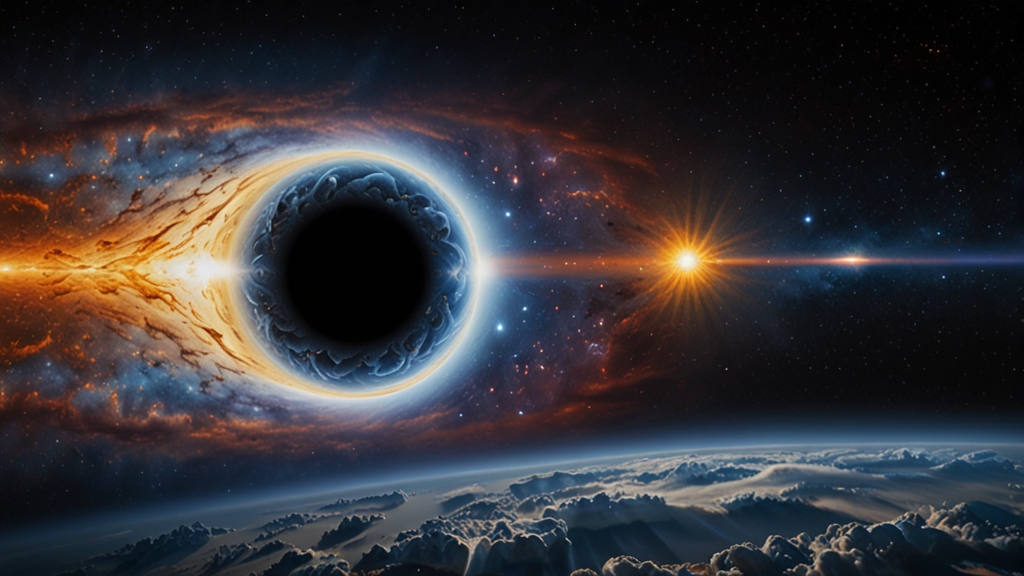Unraveling the Story of Creation: What the Bible Really Tells Us
The story of creation as described in the Bible has been the cornerstone of Judeo-Christian thought for millennia. It presents a narrative that not only seeks to explain the origins of the universe but also communicates profound theological truths about God, humanity, and the nature of existence. This article delves into the Genesis account of creation, exploring its layers and significance.
The Genesis Account: An Overview
The Bible opens with the book of Genesis, and in its first chapters, it narrates the creation of the world. The story is divided into two distinct accounts. The first account, found in Genesis 1:1–2:3, describes a six-day creation process, followed by a day of rest. The second account, starting from Genesis 2:4, focuses on the creation of humans and their early story in the Garden of Eden. Though different in focus and detail, these narratives together present a coherent picture of the divine creation.
Genesis 1: Understanding the Six-Day Creation
Genesis 1 describes God creating the world in six days, with each day bringing a new component of the cosmos into existence.
"In the beginning, God created the heavens and the earth. The earth was without form and void, and darkness was over the face of the deep. And the Spirit of God was hovering over the face of the waters." – Genesis 1:1-2
On the first day, God creates light, separating it from darkness. The second day sees the creation of the sky, dividing the waters above from the waters below. The third day brings the formation of dry land and the sprouting of vegetation. On the fourth day, God creates the sun, moon, and stars to govern the day and night. The fifth day fills the waters and skies with living creatures, while the sixth day culminates in the creation of land animals and humanity. Finally, God rests on the seventh day, sanctifying it.
The Theological Significance of the First Account
This structured narrative emphasizes order and purpose, reflecting a world created with intention and harmony. The repeated refrain, "And God saw that it was good," underscores the inherent goodness of creation. The climax of this account is the creation of human beings, made in the "image of God," indicating a special relationship between the divine and humanity.
"So God created man in his own image, in the image of God he created him; male and female he created them." – Genesis 1:27
This "imago Dei" (image of God) concept suggests that humans are endowed with attributes that mirror God's character, such as rationality, morality, and the capacity for relationships. This foundational idea has profound implications for understanding human dignity and purpose.
Genesis 2: The Garden of Eden
The second creation account shifts focus, offering a more intimate and anthropocentric view. It begins with the creation of man from the dust of the ground and the breath of life from God.
"Then the LORD God formed the man of dust from the ground and breathed into his nostrils the breath of life, and the man became a living creature." – Genesis 2:7
This narrative introduces the Garden of Eden, a paradisiacal environment where the first humans, Adam and Eve, live in direct relationship with God. The garden is depicted as a place of beauty and abundance, with the Tree of Life and the Tree of the Knowledge of Good and Evil at its center. However, this account also foreshadows humanity's capacity for disobedience and the resulting consequences, setting the stage for the fall in Genesis 3.
Interpreting the Creation Story
Over the centuries, interpretations of the Genesis creation accounts have varied widely. Some read these narratives as a literal historical account, while others view them as allegorical or metaphorical, exploring deeper spiritual truths rather than scientific facts. The theological richness of these texts invites different layers of understanding, regardless of one's interpretative stance.
The Creation Story's Continuing Impact
The creation story in Genesis continues to inspire and challenge believers and scholars alike. It serves as a foundation for theological discussions about God's nature, human identity, and the purpose of existence. Its enduring legacy is a testament to the profound questions it addresses and the answers it proposes, inviting ongoing reflection and dialogue.









